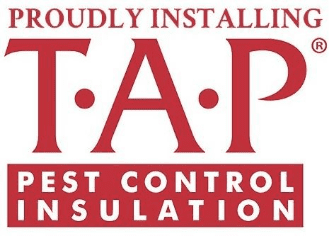RESIDENTIAL
Home Pest Control
Your home should be a place of comfort, not a battleground against pests. At Havard Pest Control, we take the stress out of pest problems with safe, effective treatments tailored to your home’s unique needs. Our expert technicians are trained to handle everything from stubborn termites and sneaky rodents to seasonal invaders like mosquitoes and ants.
DEALING WITH PESTS? WE’VE GOT THIS.
Don’t Let Pests Take Over Your Home
We don’t just eliminate pests—we prevent them from coming back. Our customized residential pest control plans are designed to keep your home pest-free year-round. We use advanced treatment methods that are safe for your family and pets, so you can rest easy knowing your home is protected.
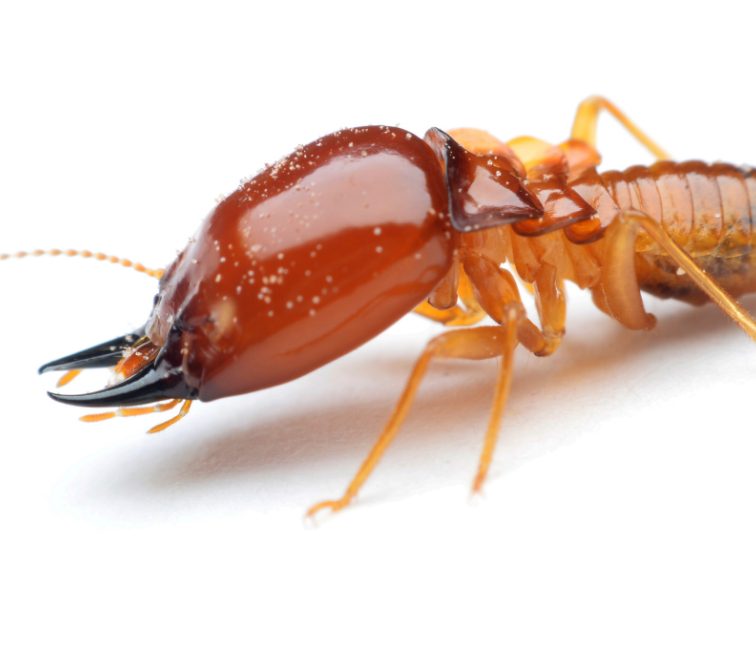
TERMITES
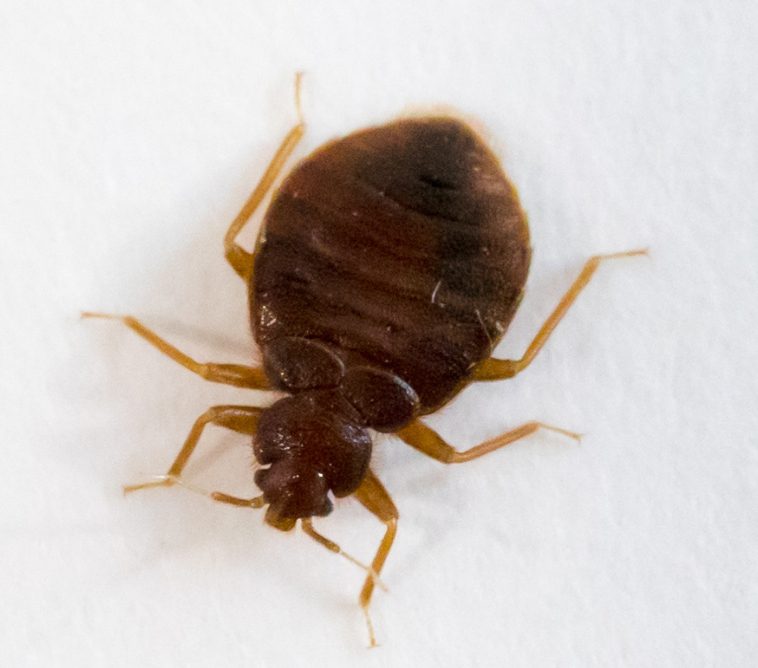
BED BUGS
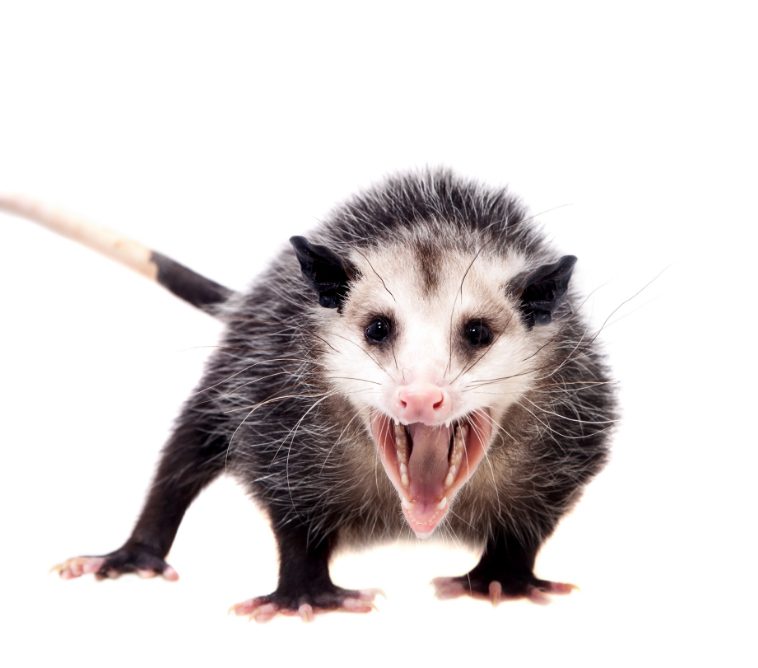
WILDLIFE
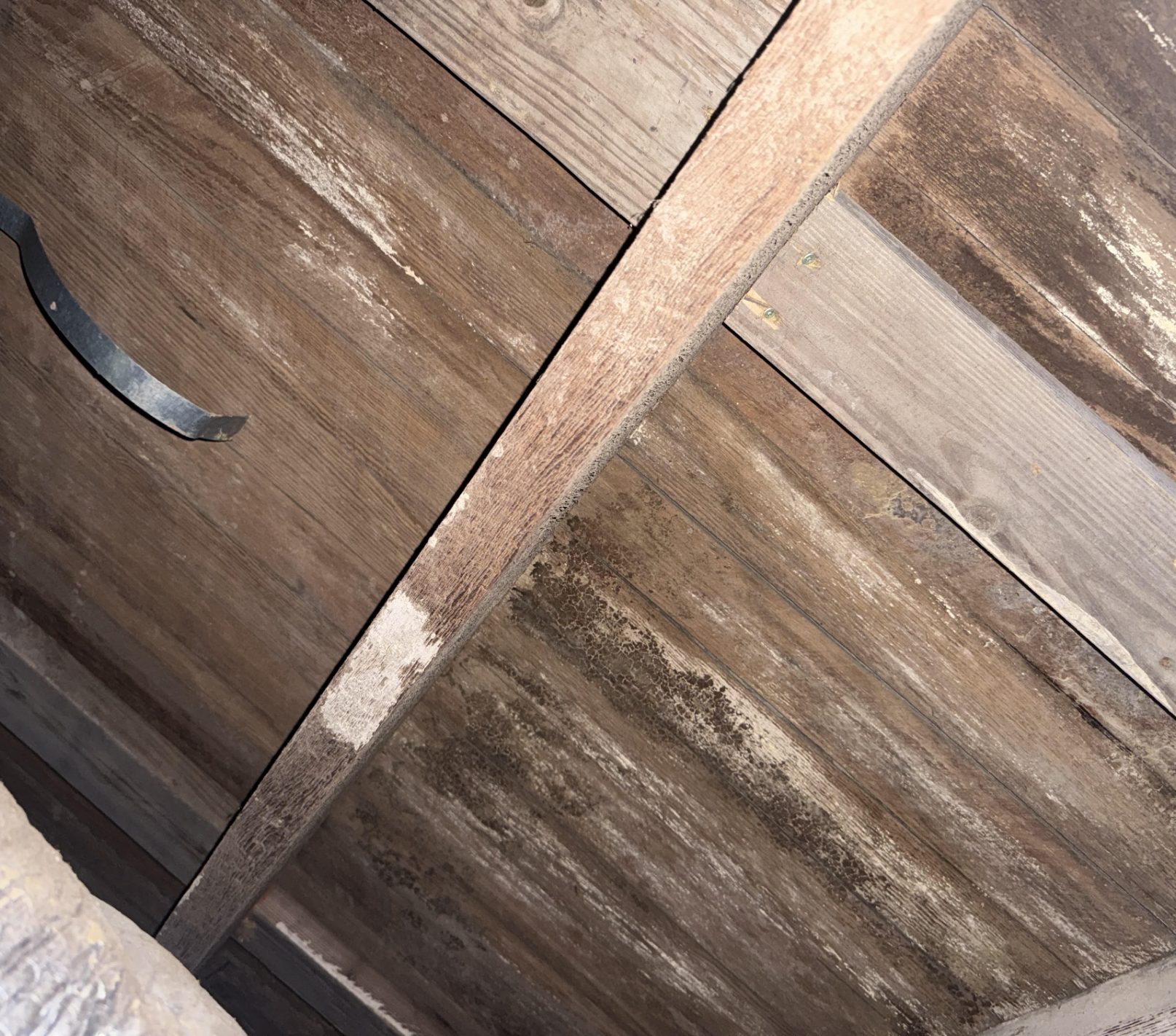
MOISTURE & FUNGUS CONTROL
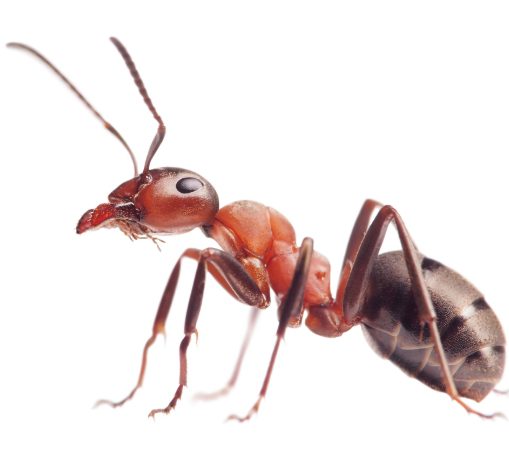
ANTS
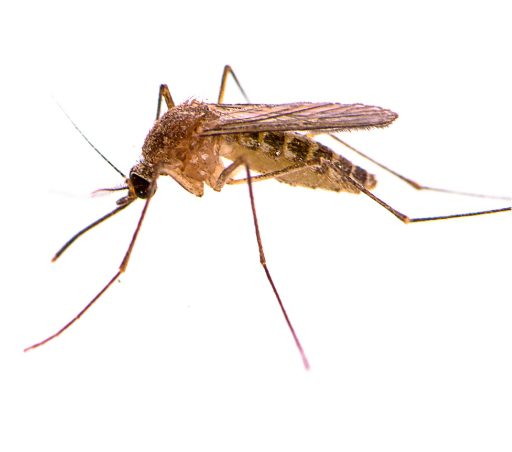
MOSQUITOES
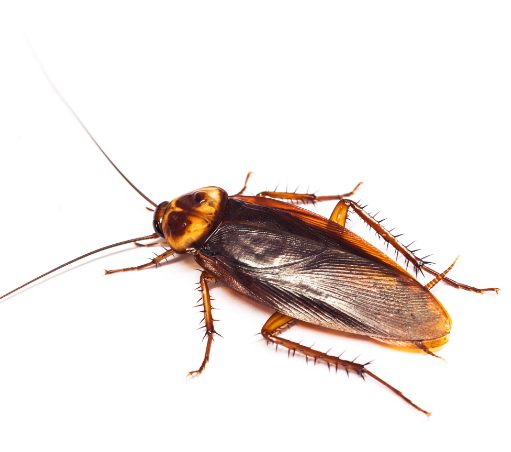
COCKROACHES
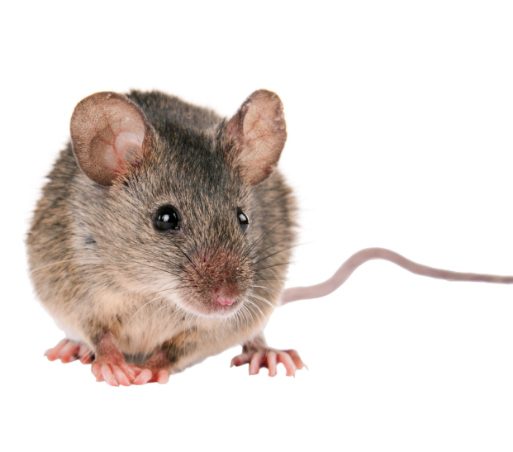
RODENTS
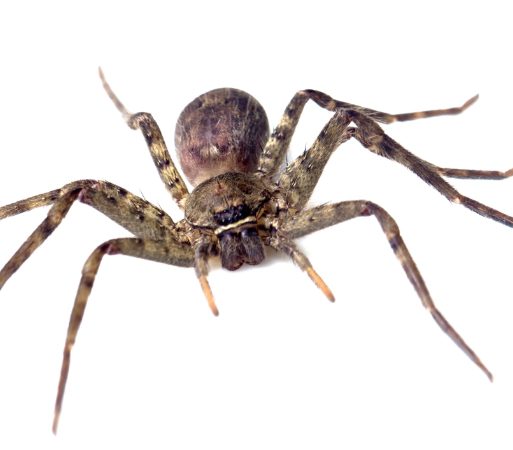
SPIDERS
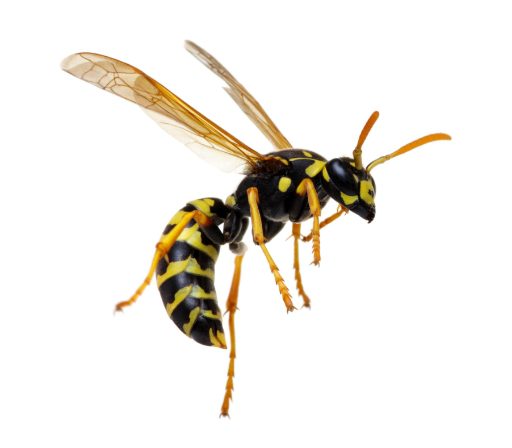
WASPS

WILDLIFE
OUR PEST CONTROL PLANS
Customized Plans for Year-Round Protection
Havard offers customized pest control plans designed to keep your home or business pest-free all year long. Whether you need ongoing prevention or targeted treatments, our expert solutions provide lasting protection and peace of mind. Find the right plan for you today!
PEST SHIELD
PEST ONLY
Essential Pest Protection
AS LOW AS
$43
PER MONTH
What you get:
Initial interior treatment + exterior quarterly treatments
Coverage for over 8 common household pests
FREE service calls as needed
PEST GOLD
PEST + TERMITE
Enhanced Pest & Termite Protection
AS LOW AS
$54
PER MONTH
What you get:
EVERYTHING IN PEST SHIELD
Expanded coverage for over 17 common household pests
Annual interior inspection for extra peace of mind
Termite retreatment coverage
PEST PLATINUM
PEST + TERMITE + REPLACEMENT
Ultimate Pest & Termite Coverage
AS LOW AS
$79
PER MONTH
What you get:
EVERYTHING IN PEST SHIELD GOLD
Termite replacement coverage—helping cover damages caused by termites*
*Exclusions apply. Please consult your pest control technician for details.
TERMITE SHIELD
TERMITE ONLY
Year-Round Termite Defense
AS LOW AS
$29
PER MONTH
What you get:
Initial treatment of your structure for proven protection
Annual interior and exterior termite inspections
Comprehensive retreatment coverage
FREE subterranean termite retreatment as needed
GET A FREE INSPECTION
Find Out If We Cover Your Area
Havard Pest Control experts know your local pests because we live and work in your community. Call 800-898-0264 or enter your ZIP code to find a technician near you.
THE HAVARD EXPERIENCE
Our Proven Process
01 ASSESS
Our expert technicians perform a detailed inspection to identify entry points, nesting areas, and signs of infestation, creating a targeted treatment plan.
02 DIAGNOSE
Once we assess the situation, we identify the pest type and contributing factors to ensure the most effective, tailored treatment strategy.
03 PLAN
After assessing your pest issue, we create a personalized plan tailored to your home, using eco-friendly, EPA-approved solutions to eliminate pests while ensuring safety for your family.
04 TREAT
Our team applies focused treatments to key areas, such as entry points and nesting sites, ensuring pests are eliminated at the source while minimizing disruption to your home.
05 MONITOR
We continue to monitor your home through follow-up visits, ensuring the treatment remains effective and making adjustments as needed to prevent future infestations.
06 PREVENT
We provide expert advice on how to seal entry points and eliminate attractants, ensuring long-term protection and keeping your home pest-free.
ASK THE HAVARD EXPERTS
Frequently Asked Questions
How do I know if I have bed bugs?
The most common sign of bed bugs is the appearance of multiple bites on a host. These bites are usually grouped together and can form a raised red rash that is often confused with allergies or skin conditions. Other signs include visible feces, exoskeletons, and egg casings left behind by the bed bugs themselves. Look for discoloration or staining on sheets caused by feeding.
Bed bugs feed on blood and require a blood meal in order to lay their eggs, because of this, they will often nest close to their host. Inspect the seams of your mattress and bed frame looking for signs of bed bugs. Next, move outwards around the room, focusing on upholstered furniture, cracks in furniture, in and behind dresser drawers, and behind electrical outlet covers.
Are bed bugs a seasonal pest problem?
While bed bugs are not considered a traditional seasonal pest, they do seem to have a breeding season which peaks in August. Some studies suggest that this peak involves not only the breeding season of the insect but the time at which people are most likely to move, therefore spreading them inadvertently.
What causes moisture issues in crawl spaces?
Moisture control issues are usually caused by poor ventilation, or by blocked ventilation ducts. Our technicians will identify these problems for you as part of your treatment plan.
What is brown rot and white rot?
Brown and white rot are classified as wood decay caused by fungi. Brown rot seems to attack coniferous wood types, such as pine which is a common building material. The decay pattern of brown rot is usually brown in coloration and has a crumbly texture. White rot tends to affect hardwoods and can make the wood appear bleached. White rot may cover an entire board, making it look bleached and stringy, or can affect small pockets of the wood.
See all FAQ


Want Havard for Your Business?
Protect your business with industry-leading pest control solutions tailored to commercial properties. Keep your workplace pest-free—learn more about our commercial services today!
Commercial pest control


Locations
With offices across Mississippi, Louisiana, and Alabama, we provide expert pest control right where you need it. Find the nearest Havard location and get started today!
Where we service


Free Inspection
From termites to rodents to moisture control, we offer customized solutions to eliminate pests and protect your home or business. Schedule a free inspection!
Get one today

GET A FREE INSPECTION
Say Goodbye To Pests For Good
Since 1947, Havard Pest Control has been protecting homes and businesses from unwanted pests. With decades of experience, we don’t just eliminate pests—we keep them from coming back. Trust our expert team to provide safe, effective, and long-lasting solutions for your peace of mind.







